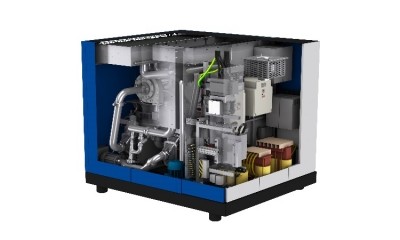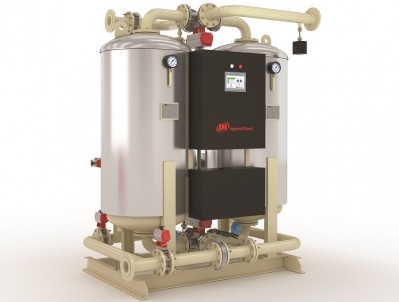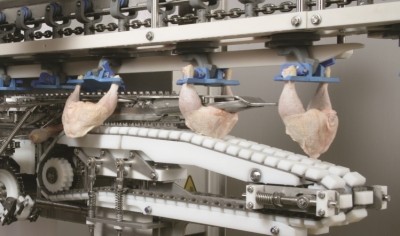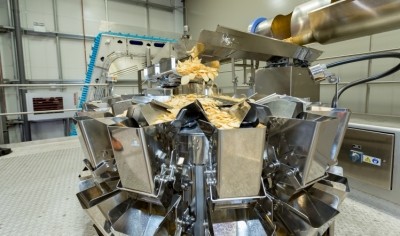FEATURE
Processing lines: automation to the rescue
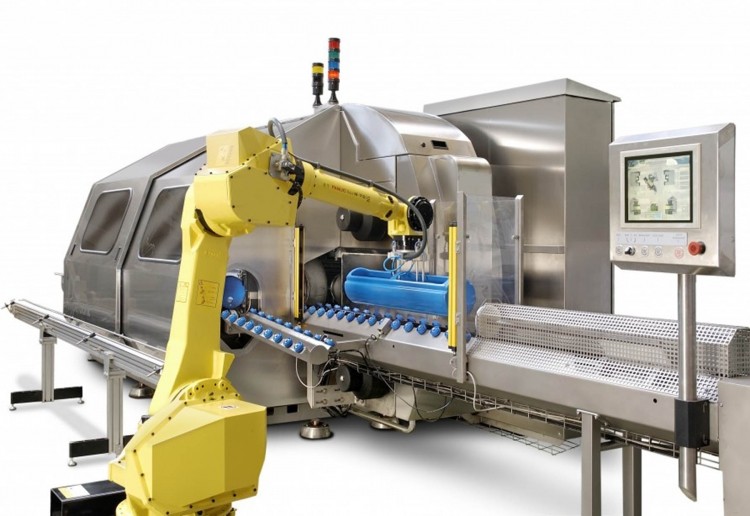
Consumer trends and tastes may continue to evolve, but the main drivers in food processing remain the same – namely, how to improve yield, reduce waste, enhance reliability and ensure hygiene and safety.
“High yield has long been a prime goal, particularly in higher-value meat products where reducing the amount of waste is a crucial element in maximising profit margins in what is a very competitive market,” says Mark Bishop, joint managing director at Interfood Technology. “Reliability of machinery is also important to minimise downtime on a production line, given the significant financial consequences this can bring. Then there is hygiene, which is a basic expectation from food producers, and food safety, quite rightly, being a non-negotiable element of food processing.”
Success in achieving these aims depends largely, of course, on the effectiveness of the processing equipment used. While budget constraints will always be a limiting factor, processing line suppliers agree there is a continued trend towards automation and greater integration.
“Reliability is critical for any new piece of equipment so that manufacturers are sure they can meet their production targets and respond quickly to short notice orders,” says Torsten Giese, marketing manager at Ishida Europe. “When budgets are under pressure, it can be tempting to opt for the lowest-cost option. But, if these machines cannot perform adequately or do not have the extra features that provide the degree of flexibility often required in fast-changing production environments, then any initial financial gain will be quickly lost.”
With safety paramount on processing lines, Interfood’s Bishop says one area of focus within the meat sector is bandsaws, particularly when any section of the moving blade is exposed.
This was the primary reason behind the development of Interfood’s Butchery Division, he explains, through which it offers the Bladestop and Astech systems. “Bladestop is designed to address the safety issues relating to bandsaws,” Bishop adds. “It stops the bandsaw blade within a fraction of a second when the unit senses the operator has come into contact or is even in dangerous proximity to the blade.”
Move to automation
However, a bigger driver of investment in processing lines is the move to more automated systems. The availability of more cost-effective options, together with a labour shortage, has boosted interest in automation, says Liam Smith, processing product manager at Multivac UK.
“For this reason, we have seen an upturn in full project solutions with intensive automation,” he claims. “Automatic equipment was previously an expensive option with little return on investment. This is now a different story.”
Among the processing kit supplied by Multivac are the TVI, Laska, Risco and Schröter lines. With labour reduction a focus, TVI’s slicing and portioning equipment allows up to 2t of beef rump, rib eye, sirloin or topside to be sliced and skin-packed by only six to seven operatives across the whole line. Meanwhile, the recently launched Laska WWB200 Plus Frozen Block Grinder (below) enables producers to replace numerous machines with one piece of kit.
Multivac also reports higher demand for integration, such as replacing tote bins and operators with automatic intelligent conveyor systems. “For some producers this means the less human intervention during production, the better,” says Smith.
TVI’s new GMS 1600 Twin Lane Portioner, equipped with control technology, can be automated and seamlessly integrated into a line, reducing labour costs, while Laska’s full-line machines offer central HMI (human-machine interface) hardware to automatically link machines.
“Finding ways to automate production processes remains a central focus in the food industry as processors look to optimise costs through improved efficiency, as well as reduce the potential for product contamination by minimising human handling,” says Bishop.
End-of-line checking and packaging equipment seems to be in high demand, says Mathew Simpson, UK & Ireland sales manager at CSB-System. “And with it, the need to connect up to enterprise resource planning [ERP] systems, so that weight checking and label application can be integrated with sales order information and joined up into a seamless operation.”
Netherlands-based pre-packed meats producer ProMessa has almost doubled throughput solely through automating many logistics processes and using CSB’s ERP software to drive picking and labelling, adds Simpson.
Processors are also turning increasingly to automated, integrated vision systems. “CSB-Image-Meater is capable of grading pork carcases at a rate of up to 1,200 an hour, without the need for invasive tests that lead to cross-contamination and a reliance on skilled staff prone to repetitive strain injuries,” he says.
Furthermore, traceability is enhanced through the photographic images created and stored. Currently under trial, the CSB-Eyedentifier will offer the ability to identify different cuts of meat and sort trays on the production line.
Market trends
Away from the main market drivers, food and drink trends continue to inspire interest in specific pieces of kit.
Processors tapping into the growing meat-free market are seeking ways to address the lack of bite and mouthfeel associated with some alternative proteins, says Interfood. “We offer a Power Heater system from Source Technology, which addresses this specific issue, achieving excellent texture and fibrosity without the need for the addition of egg albumen so often required by other systems,” says Bishop.
He views High Pressure Processing (HPP), where pressure rather than heat is used to pasteurise products, as a technology with potential. “HPP has been around for some time, but there is an opportunity for it to be adopted more widely,” he says.
As a natural, environmentally friendly process, benefits include maintaining the flavour and nutritional values of fresh foods, claims Bishop. “This cold pasteurisation process has the benefits of destroying pathogens and food spoilage organisms without the detrimental changes in food nutrition, colour and flavour associated with heat pasteurisation,” he says.
Multivac reports growing interest in meat-free products offering a protein fix on the go. It has been trialling production of protein bars at its temperature-controlled test unit in the UK, and it claims Risco’s Concentric Non-Compression Pump Technology provides delicate handling to produce bars with a premium look and feel.
Finally, equipment firms report rising demand for ready-to-cook meals and prepared cuts of meat, which are driving developments in modified atmosphere packaging and
skin pack formats with extended shelf-life.
